11 Rare Jaguar Classics That Deserve the Spotlight
Jaguar has long been known for producing some of the most iconic and performance-driven vehicles in automotive history. From stunning prototypes to limited-edition models, the brand has created rare cars that capture the attention of collectors and enthusiasts alike. These rare Jaguars are not only prized for their engineering and design but also for their exclusivity and rich racing heritage. Whether you’re a longtime Jaguar fan or a newcomer to the brand, these exceptional cars stand out as true gems in the world of luxury automobiles.
This post may contain affiliate links, which helps keep this content free. Please read our disclosure for more info.
Jaguar XJ13
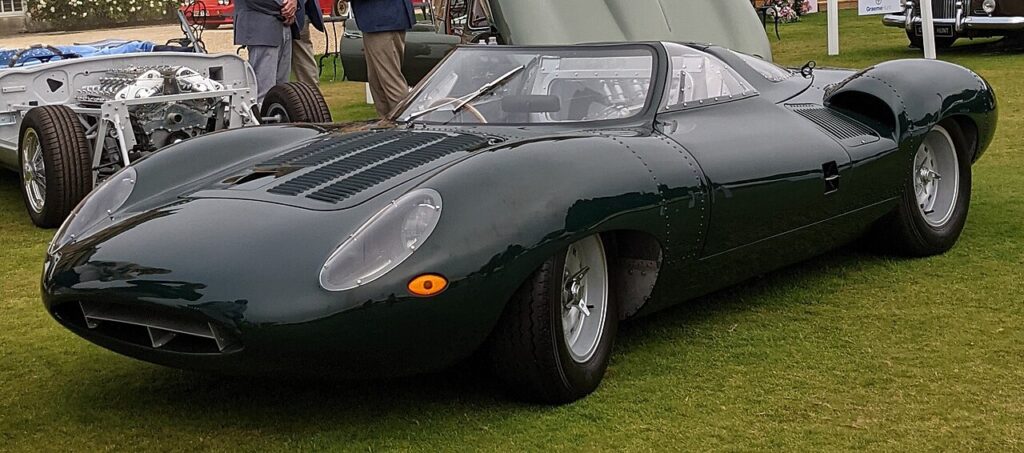
The Jaguar XJ13 was an experimental prototype designed in the 1960s for racing purposes, specifically for the 24 Hours of Le Mans. Only one example was ever made, which makes it one of the rarest Jaguar cars in existence. The car features a mid-mounted V12 engine that produces around 500 horsepower, and its sleek, aerodynamic body was a striking departure from the traditional designs of the time. Jaguar never had the chance to race the XJ13 due to a change in motorsport regulations, and it was ultimately stored away in the company’s archives for years.
The XJ13’s rarity stems from the fact that it was essentially a one-off creation, and its value has only increased as time has passed. Despite the lack of racing history, the car’s unique engineering and stunning design have earned it a spot in automotive history. Today, the XJ13 is preserved in perfect condition and is occasionally displayed in museums or at select automotive events, continuing to attract admiration for its groundbreaking engineering and rare status.
Jaguar XKSS
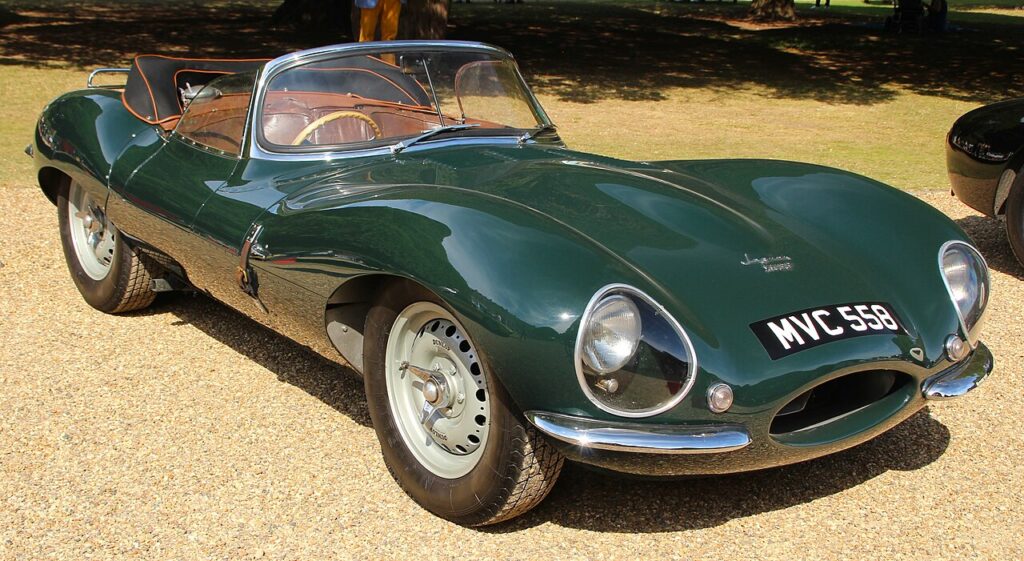
Built in the 1950s, the Jaguar XKSS is an exclusive road-going version of the D-Type race car, intended for private owners. With only 16 units produced, it became one of the rarest and desirable Jaguars. The XKSS featured a 3.4-liter inline-six engine and was designed for drivers seeking a car with the same performance capabilities as a race car but with road-going comfort. It was equipped with a fully independent suspension, enhancing its handling and making it a joy to drive on public roads.
Unfortunately, a fire at the Jaguar factory in 1957 destroyed the remaining stock of parts meant to complete the XKSS, limiting the production to just 16 cars. This catastrophe added to the model’s mystique and rarity. In recent years, Jaguar has gone as far as recreating a handful of XKSS models, though the original 16 cars remain irreplaceable and continue to command high prices at auctions.
Jaguar XJR-15

Launched in 1990, the Jaguar XJR-15 was the first production car built entirely from carbon fiber, and it was also the car that prefigured the Jaguar XJ220. With only 53 units ever produced, the XJR-15 was a very exclusive supercar. It featured a 6.0-liter V12 engine capable of producing 280 horsepower, which allowed it to reach speeds of over 200 mph. The car’s construction was a major leap forward for Jaguar, utilizing advanced technology for both performance and safety.
Despite its performance credentials, the XJR-15 was not intended for mass production. It was designed to be a track-ready supercar that could also be driven on the road, combining extreme speed with handling prowess. Due to its limited production and high-performance capabilities, the XJR-15 is highly coveted by collectors and commands a premium price on the rare occasions it comes up for sale.
Jaguar E-Type Lightweight
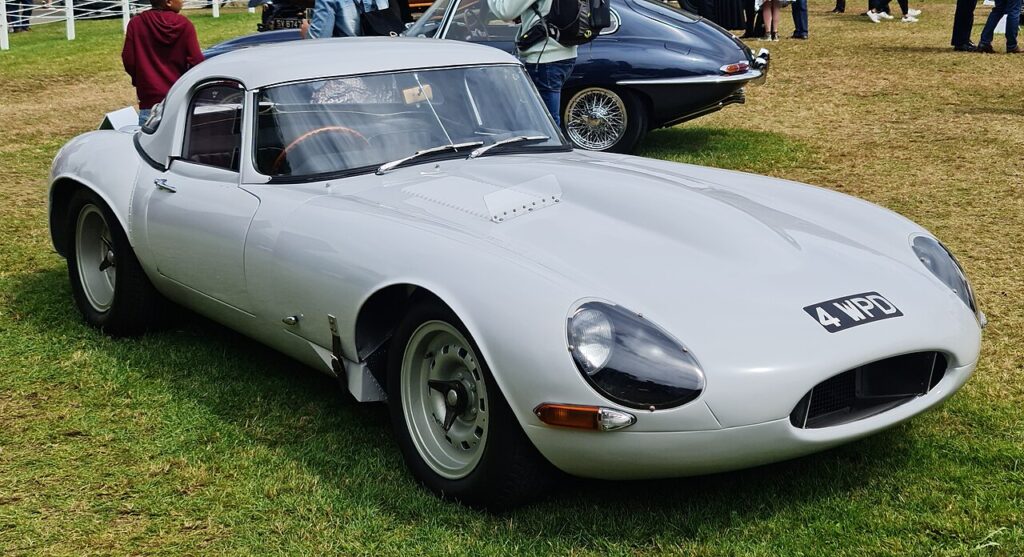
The E-Type Lightweight is an even more rare and specialized version of the iconic E-Type series, known for its performance and racing capabilities. Only 12 of these were made in 1963, specifically intended for motorsport. The Lightweight E-Type was stripped of unnecessary weight, making it faster and more agile than the standard E-Type. Its aluminum body panels and enhanced suspension system were key upgrades that set it apart from its more road-focused counterparts.
While the standard E-Type gained fame for its striking looks and performance, the Lightweight version is recognized for its rarity and value in the automotive world. These cars have become highly collectible, with their value skyrocketing as the years go by. They are prized for both their racing pedigree and their place in Jaguar’s history as one of the rarest and most revered cars in their lineup.
Jaguar XJ220
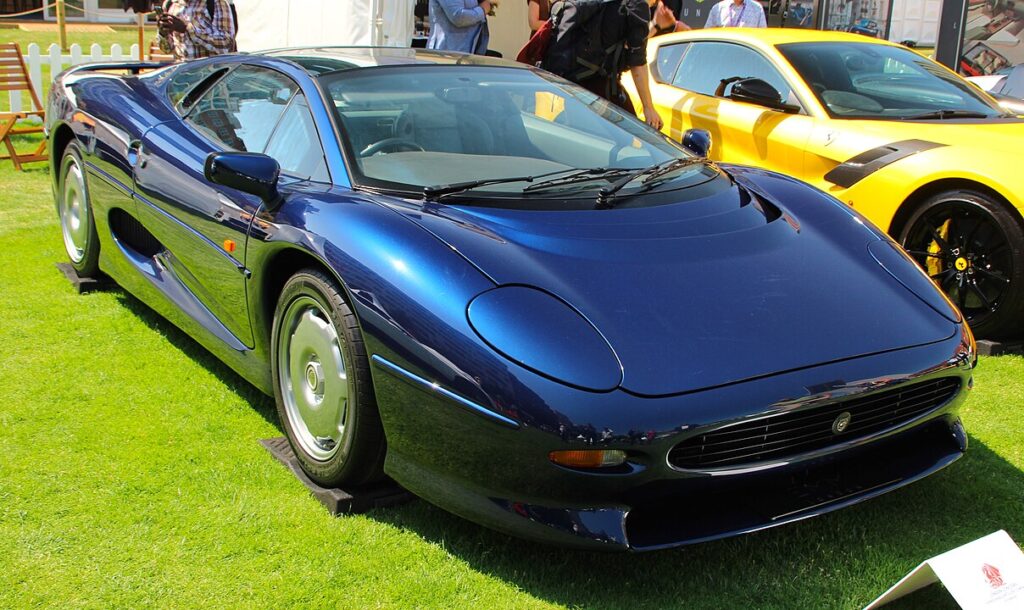
The Jaguar XJ220 was launched in 1992 as a supercar designed to push the boundaries of speed and performance. With only 275 units produced, the XJ220 was Jaguar’s answer to the world’s fastest cars of the era. It featured a twin-turbocharged V6 engine, producing an astounding 540 horsepower, and could reach a top speed of over 200 mph. Despite its stunning performance, the XJ220 was initially met with mixed reviews due to its delayed production and the absence of the original V12 engine it was promised to have.
What makes the XJ220 rare and sought-after is not just its performance, but also its exclusivity. The car was originally sold for a hefty price tag, and it continues to hold a special place in the hearts of car enthusiasts and collectors. Its limited production and performance-oriented design have made it a true collectible, with values increasing as it becomes a more sought-after piece of automotive history.
Jaguar C-X75
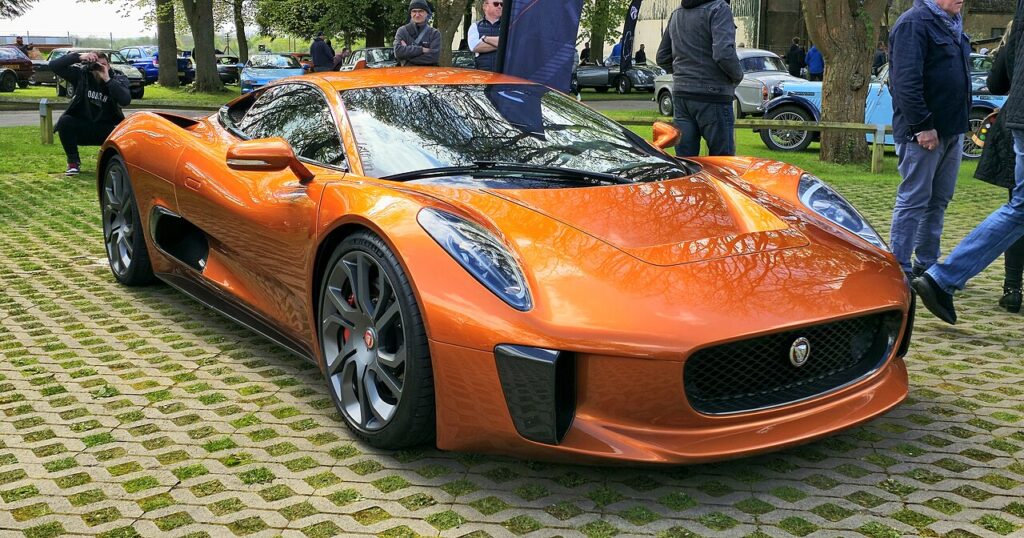
The Jaguar C-X75 was a stunning hybrid concept car designed to showcase Jaguar’s future vision for supercars. While it was never put into full production, the car’s striking design and groundbreaking hybrid technology made it a standout in the automotive world. Powered by a combination of electric motors and a small petrol engine, the C-X75 was capable of reaching a top speed of 205 mph. Only five prototype versions were made, making it extremely rare and a unique example of Jaguar’s innovative approach.
Although the C-X75 never reached production, its technological achievements and its status as a concept car have kept it highly regarded among collectors. The prototypes have appeared in various exhibitions, and one of the prototypes even appeared in the James Bond film Spectre, further cementing its status as a rare and highly prized vehicle.
Jaguar XK150S
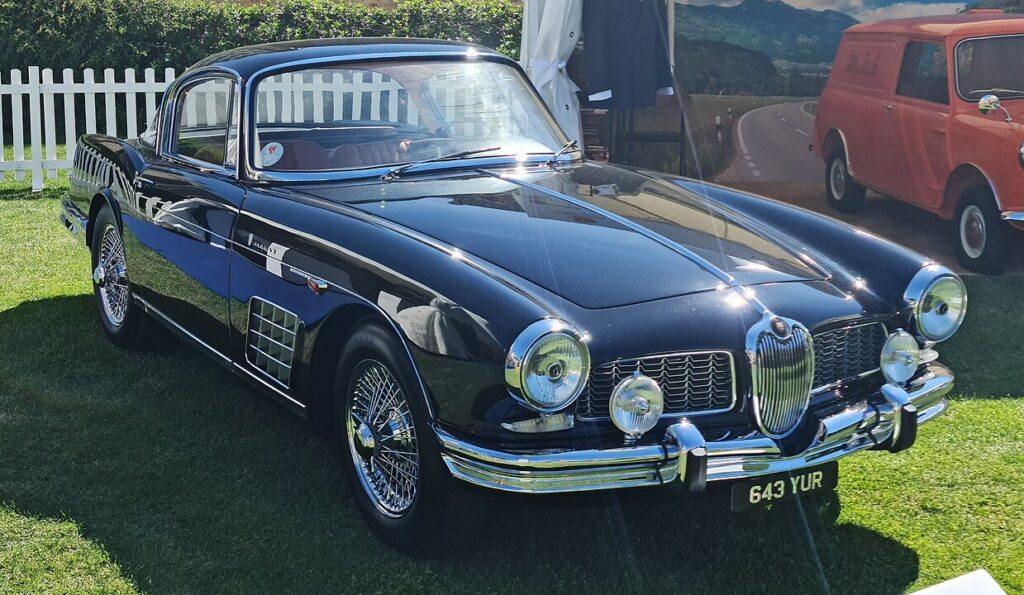
The Jaguar XK150S is another rarity in the Jaguar lineup, produced from 1957 to 1961. As a performance variant of the XK150, the “S” model featured a more powerful 3.4-liter engine and improved suspension, making it one of the most desired Jaguars of its era. The XK150S was built for driving enthusiasts who wanted more power, handling precision, and a touch of luxury. It was available in both roadster and coupe versions, offering drivers a choice of open or enclosed driving experiences.
The XK150S is especially rare due to its limited production and its combination of classic styling with significant performance improvements. Collectors highly value these cars for their beautiful lines, historic importance, and rarity, and they continue to fetch high prices at auctions.
Jaguar XJ-S TWR
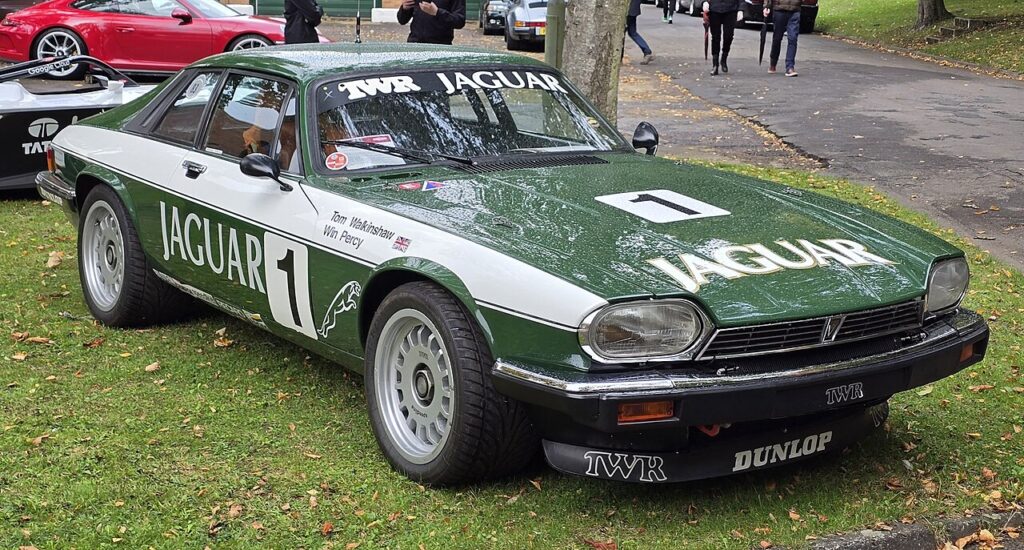
The Jaguar XJ-S TWR, built in collaboration with the Tom Walkinshaw Racing team, is one of the rarer variants of the XJ-S series. These cars were modified for racing, including upgrades to their engine, suspension, and bodywork to enhance their track capabilities. Although the XJ-S was primarily produced as a luxury coupe, the TWR version was specifically designed to compete in various motorsport events, making it a true performance model.
The rarity of the XJ-S TWR stems from its limited production and specialized design. These cars were not built for mass consumption and remain sought after by collectors, especially those interested in Jaguar’s motorsport history. Their performance credentials and rarity make them a unique part of Jaguar’s legacy.
Jaguar XKSS Continuation

In a rare move, Jaguar reintroduced the XKSS in 2016, producing a small batch of continuation cars to replicate the original 16 vehicles. These cars were crafted using the original blueprints and materials, ensuring a faithful recreation of the iconic 1950s design. While the XKSS continuation cars are not the original models, their production honors the legacy of the rarest Jaguar of all time.
Despite being modern recreations, the XKSS continuation models hold significant value due to their historical connection and rarity. These cars combine classic Jaguar craftsmanship with updated engineering and technology, creating a unique opportunity for collectors to own a piece of automotive history.
Jaguar F-Type Project 7
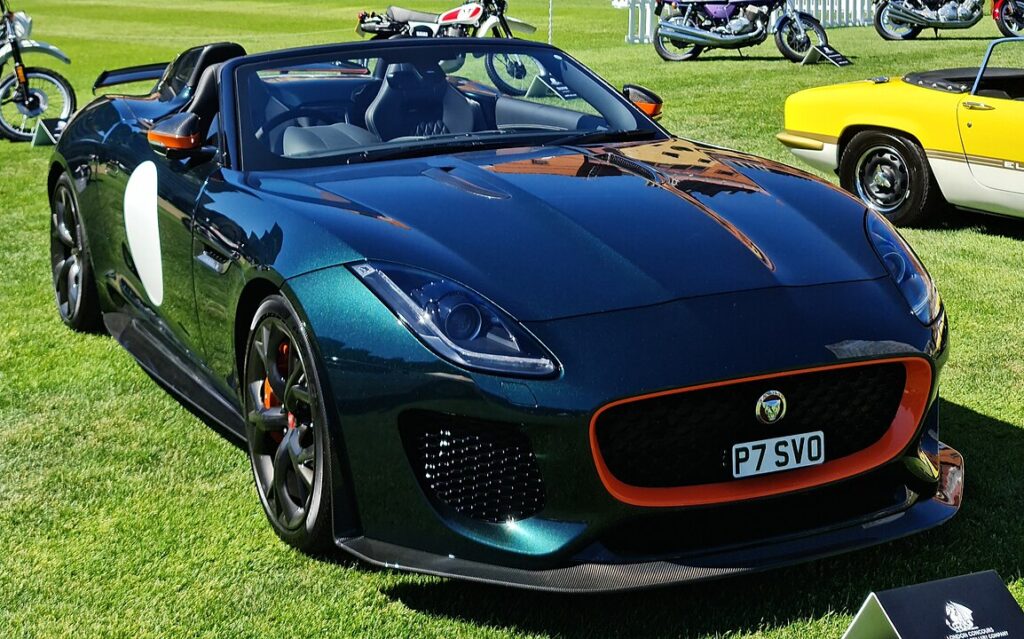
The Jaguar F-Type Project 7 is an extremely limited-edition model that pays homage to Jaguar’s racing heritage. With only 250 units produced, it is one of the rarest modern Jaguars. The Project 7 is based on the F-Type, but it features a more powerful 5.0-liter V8 engine, capable of producing 575 horsepower. It also incorporates design elements inspired by the Jaguar D-Type race car, including a distinctive rear fairing.
The F-Type Project 7 is celebrated for its exclusivity and high-performance capabilities. Its limited production and striking looks have made it a collector’s item, and its value continues to rise as fewer of these cars remain on the road. This limited-edition model showcases Jaguar’s commitment to performance and design excellence.
Jaguar E-Type V12 Series 3
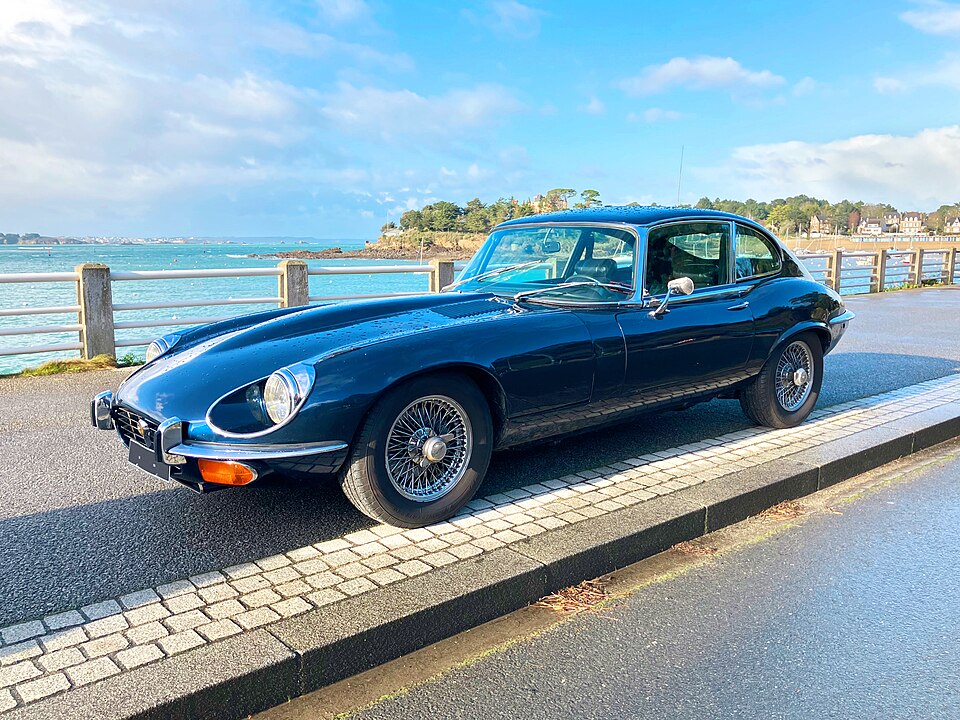
The Jaguar E-Type V12 Series 3, produced between 1971 and 1975, marked a significant evolution in the E-Type line with the introduction of the V12 engine. While the earlier E-Types were equipped with inline-six engines, the V12 offered significantly more power and smoothness, making the Series 3 a more refined and comfortable option. Only a limited number of these models were made, with the V12 being highly sought after for its impressive performance and torque.
The V12 engine made the Series 3 an exciting yet rare variant in the E-Type family. Its more luxurious features, coupled with a more powerful engine, made it popular among collectors who value the balance of style and performance. Though it was produced in greater numbers than some of the more exclusive Jaguar models, its position as the final version of the iconic E-Type, coupled with the powertrain improvements, ensures its place as a rare collectible.
This article originally appeared on Avocadu.
